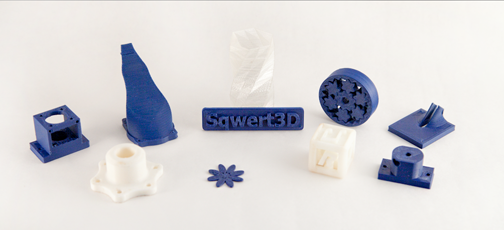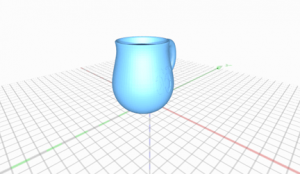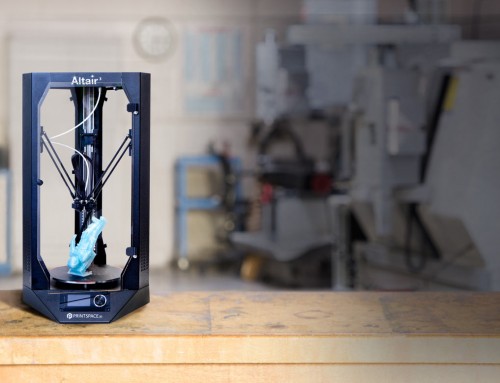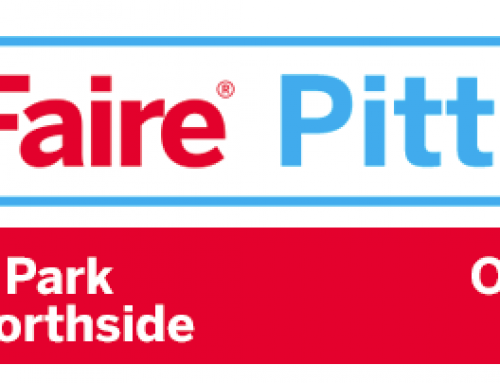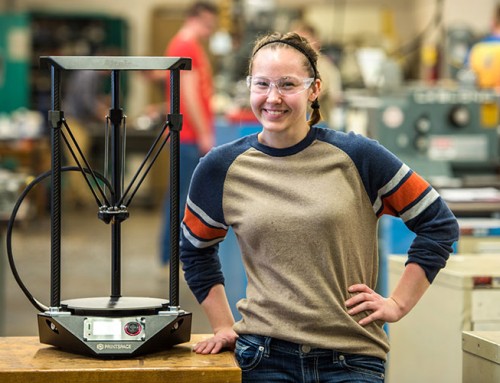There’s a revolution going on all over the world. In offices, basements, bedrooms and boardrooms. Things are changing. They’re shaking up and after the dust has settled nothing will be the same again. What are we talking about? 3D Printing, that’s what.
What is 3D Printing?
3D printing is an amazing new way of creating 3D objects from digital information. It is a manufacturing method that allows you to print 3D objects from a 3D printer that sits on your desktop. How does this work? Well, it is basically the same principle as a 2D printer. With your regular ink-jet or laser printer your computer sends 2D information stored as digital data to the printer and it then creates a replica using ink on paper. A 3D printer is much the same, but it prints from a 3D model file. It then extrudes material to create the 3D object.
Using a Digital File
The only real limiting factor to 3D printing is your imagination and ingenuity. All you need is a 3D model designed in a popular program such as Solidworks, Inventor, or Google Sketchup. If you are anxious to get started, you can download existing designs from places like Repables or the long-running Thingiverse.
The objects you can produce on a 3D printer aren’t necessarily just for aesthetic purposes either. You can manufacture functional parts as well.
Although software modeling is the most popular way to create digital data to print in 3D, you can also scan real-world objects with special hardware. These devices use different technologies (such as laser- and photographic- technology) to scan 3D objects, but all of them produce data that can then be replicated using a 3D printer.
Mug from Repables
How Do 3D Printers Actually Print Stuff?
The alternative name for 3D printing is Additive Manufacturing. The name gives an important clue as to how the manufacturing process works. Additive manufacturing is the process of adding material to make a 3D solid object. 3D printers do this by building up objects layer by layer.
If you wanted to make a 3D object in the past you had to remove all the excess you didn’t need from your original material, leaving behind your prototype. This method is called Subtractive Manufacturing and is the most common method for mass manufacturing. Machining is one of the main types of subtractive manufacturing and it is still very useful, especially if you want to make final parts that are meant to be durable. Machined objects are usually made from tough materials such as tempered metal and for now this method is here to stay.
3D printers currently use more malleable materials such as the popular ABS and PLA plastics. Instead of a block of material from which you remove unwanted pieces, you have an empty platform onto which the printer layers material down in very thin slices, building a complete 3D object up from the base layer. If 3D printing materials provide enough strength for the object you are making, then printing is generally a cheaper option than machining. How cheap is cheap though?
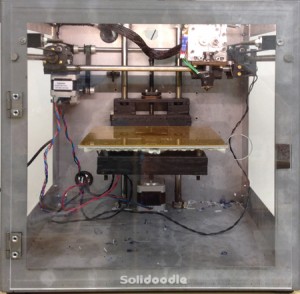
Solidoodle 3D Printer
OK, I’m Interested, How Much?
Just like 2D printers (and anything else really) 3D printers come at many different prices and, generally, more expensive machines are better. As they become more common and more people begin to buy them the prices will go down. At the moment they range from about $300 to just over $3000 for consumer grade devices with the mid-range at about $1000. It may seem a bit pricey, but the good news is that you don’t have to own your own 3D printer to enjoy the benefits of the technology. There are 3D print shops popping up in different places and there are also hobbyist clubs. Don’t worry though; one day soon 3D printers will be very affordable! You can also be adventurous and build your 3D printer from kits like the Ultimaker and Rostock.
The Benefits
3D printing is gaining ground not only in the aerospace, medical, and automotive fields, but in homes across the world. What makes additive manufacturing so amazing? Well, for one it allows anyone to easily make a single custom object. Creators no longer need a whole machine shop to give an idea a try. Instead, you can design your object and easily print your prototype and test your idea instantly! Maybe you find your prototype needs some tweaks? Modify your 3D drawing and print again. The cost for creating one unique prototype on a 3D printer is much lower than most other manufacturing methods, because with additive manufacturing you use only the material needed.
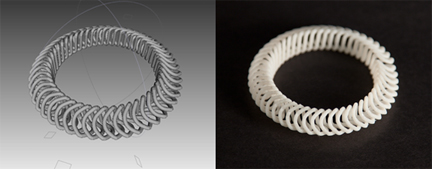
Coil drawing & actual 3D printed coil
Wait a Minute, What are People Actually Using This For?
The short answer is: way too many things to list here, but let’s look at some of the really cool stuff people are doing.
Jay Leno, who is a major car nut if you didn’t know, has realized that he can make replacement parts for some of his classic cars that are as good (if not better) then the originals. Now, Jay is using some seriously expensive scanning and printing machines, to create parts. One day soon you could have something like this in your house or garage.
If you want to be really ambitious you could be like Ivan Setch, who printed an entire replica Aston Martin car body in segments which he glued together.
3D printing isn’t all fun and games either. The serious potential for 3D printing is truly astonishing. Whether it’s printing affordable prosthetic limbs, really affordable prosthetic limbs, prosthetic eyes, 3D printed meat and maybe even the future moonbase. There are mind-blowing applications for the technology.
Vive la Revolution
As a way to manufacture things, 3D printing is set to change everything. 3D printers are only going to keep getting better. There is an amazing open source community contributing to the development of these technologies. Traditional manufacturing methods are going to need a paradigm shift. Although the 3D printers of today may be relatively simple replicating machines, one day everything you own may be produced in your own home from raw materials automatically! Visit us again as we continue to explore some amazing people, machines and projects that can be found in the 3D printing universe.
